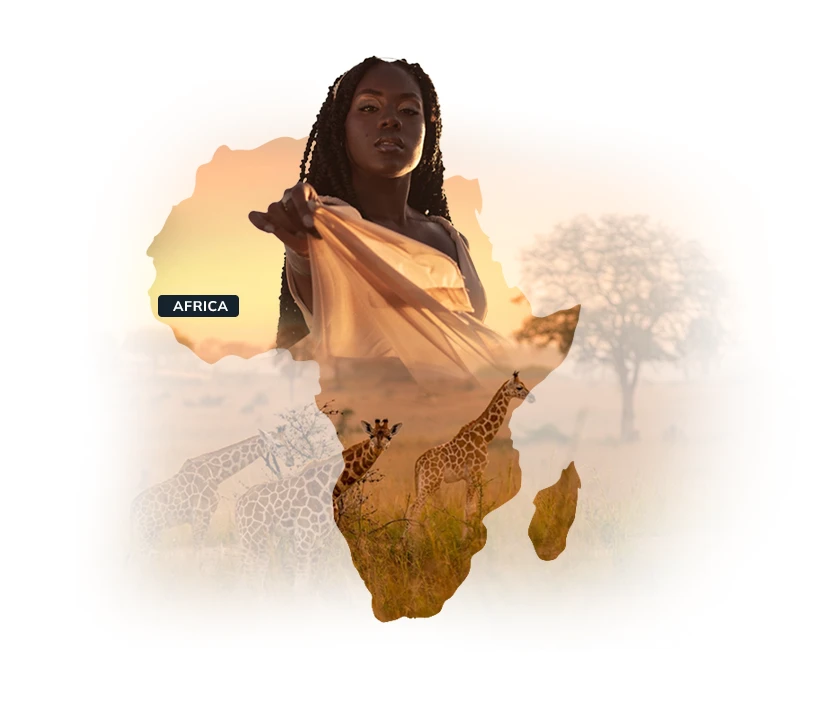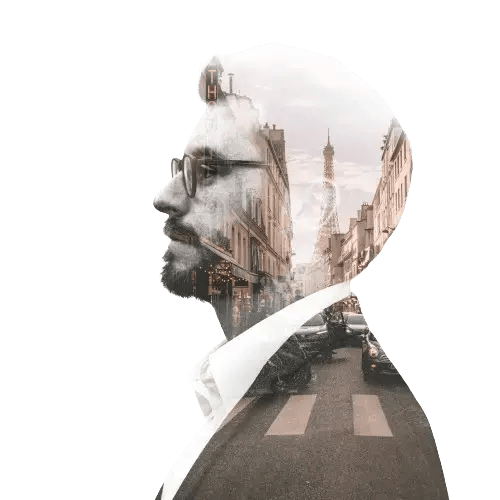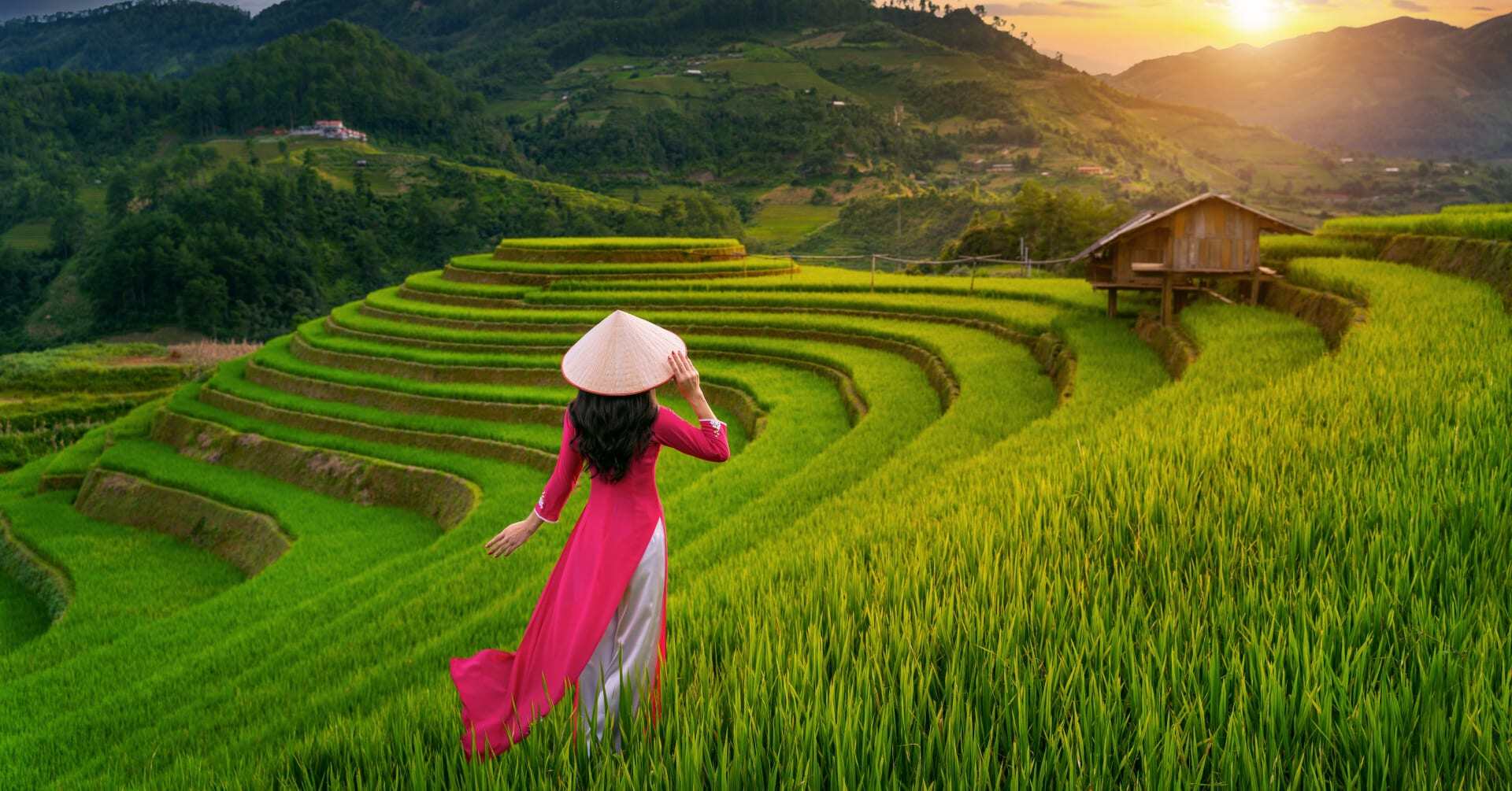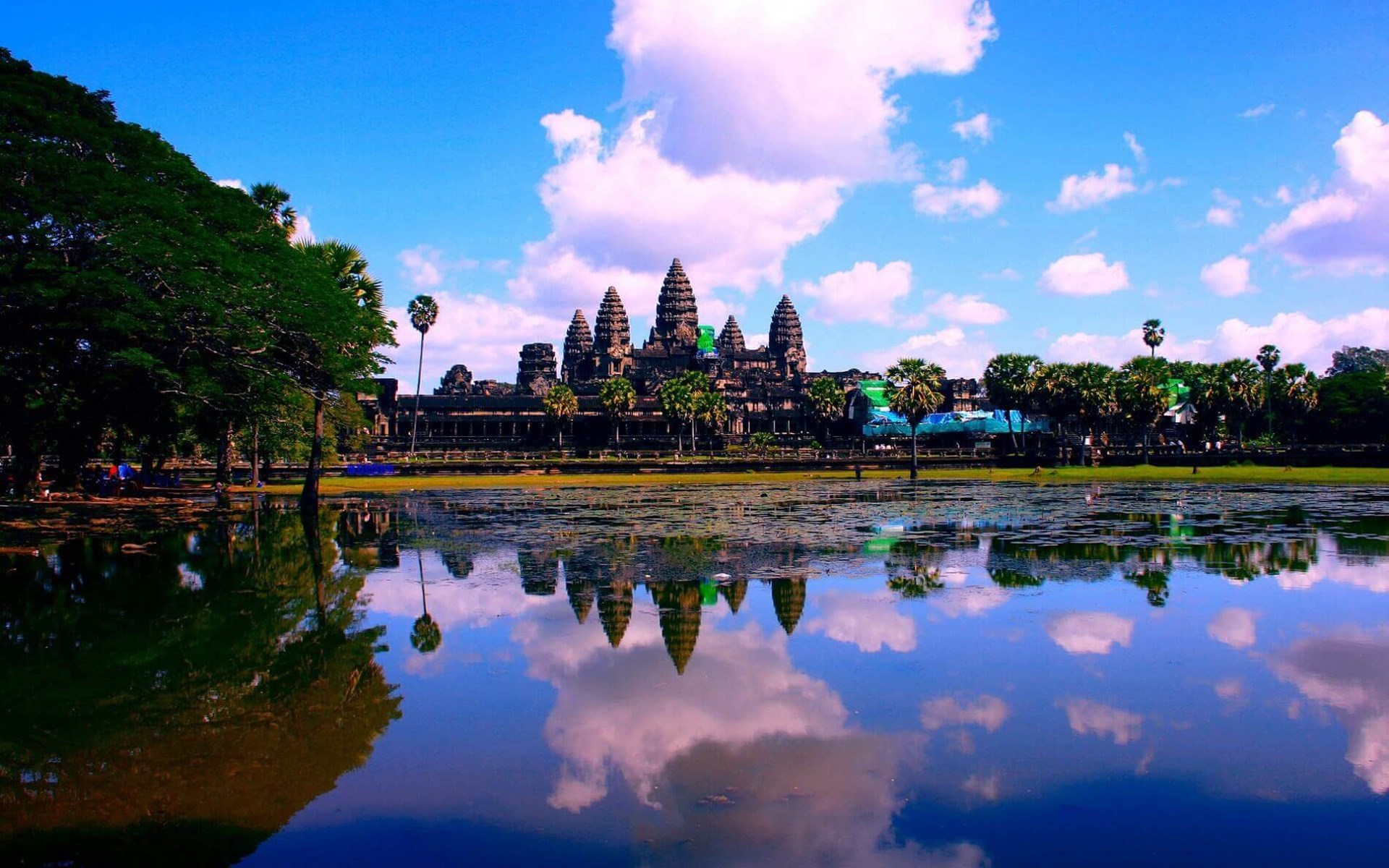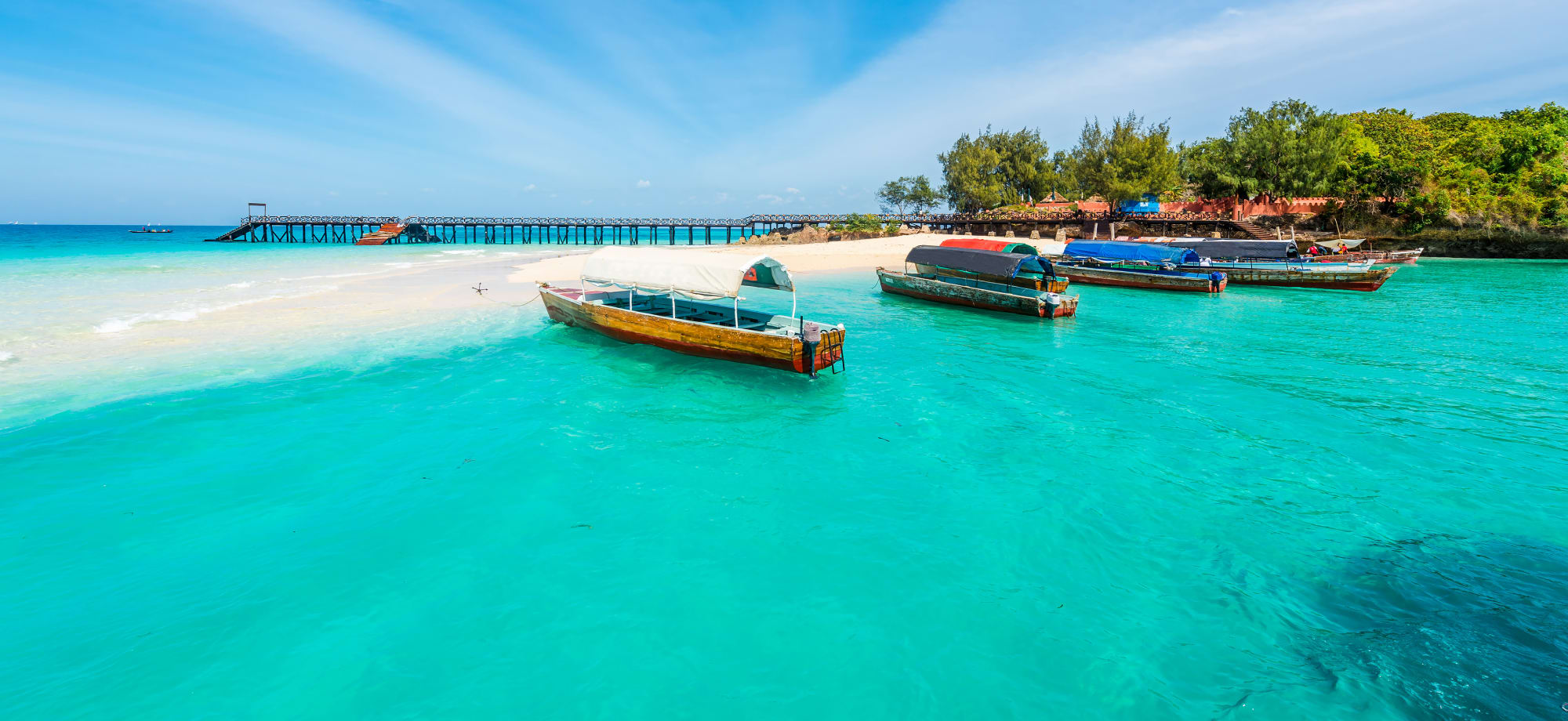From the days of the British Raj to the pain of partition and the subsequent cultural and social struggles of a country emerging as one of the biggest economies in the world, India has a rich and varied literary tradition that has brought us writers such as Salman Rushdie and Rudyard Kipling.
The Jungle Book by Rudyard Kipling
Although the setting of this well-known and much adapted collection of children stories is not definitely India, Rudyard Kipling was born in the Raj and spent much of his early adulthood working for newspapers in Lahore, so there is an undoubtedly Indian character and influence on the works. Particularly of those heading off on Tiger Safari and an exploration on India’s National Park, The Jungle Book is a charming an evocative throwback to childhood and the language of original book is an interesting insight into the colonial period.
The Jewel in the Crown by Paul Scott
This first book in Scott’s Raj Quartet begins the story of an English family in India in the final days of the Raj and the events of WW2. Made into a popular TV series in the 1980’s, the story deals with the issues of the time, namely inter cultural relations and the breakdown of the hierarchies that had supported and bolstered the British Colonial Government in India up to this point.
The God of Small Things by Arundhati Roy
This debut novel by a now well known author follows the lives of fraternal twins Rahel and Estha in India over the course of the latter half of the 20th century. The novel explores the way in which the smallest events in life can have long lasting and potentially massive influences. Primarily preoccupied with forbidden love, the novel deals with the issue of cross cultural and cast relationships that dominated Indian political and social thought in the years surrounding and following partition.
Midnights Children by Salman Rushdie
This Booker Prize winner is widely considered the novel to read about the process of Indian independence from British rule, and the partition of British India. Told from the viewpoint of a child born at the exact moment of India’s Independence, and gifted with telepathic powers, the novel is in many ways considered an example of magical realism, and is a loose extended metaphor for Indian independence and partition, as the family migrates around the country and endures the conflicts that followed independence.
Nine Lives by William Dalrymple
This book explores the cultural and religious diversity of India by following the lives of nine different people who represent the different cultural groups within the country: a Buddhist monk, a Jain nun, a middle-class lady in Calcutta, a prison warden from Kerala, an illiterate goat herd from Rajasthan , and a devadasi among others. This book is a great read for those travelling extensively around India as it gives a snapshot of the vast differences in culture and religion that can occur within a politically unified country of the scale of India.
Slumdog Millionaire by Vikas Swarp
Perhaps best known for the 2008 film, this book is a snapshot of the state of modern India: comedic, tragic, joyful, and deeply traditional, yet profoundly modern. 18 year old Ram Mohammed Thomas is imprisoned after answering twelve questions correctly on the Indian equivalent of ‘Who wants to be a millionaire’, as the producers believe that he must have cheated. The book follows his life, and how twelve extraordinary events in street-kid Ram's life - how he was found in a dustbin by a priest; came to have three names; fooled a professional hitman; even fell in love - gave him the crucial answers.
If you'd like to plan a holiday to India, call our Luxury Travel Specialists for a chat about your dream trip or fill out our no-obligation enquiry form.


